Incontinence, or the involuntary loss of bladder content, affects millions worldwide. It ranges in severity from occasional, minor leakage (light incontinence) to frequent, uncontrolled voiding of large amounts of leak (heavy incontinence).
The more severe the condition of incontinence, the more likely it will impact one’s quality of life, daily existence, and emotional well-being. Guided toward the correct diagnosis and proper incontinence treatment, two distinctive criteria: one can answer incontinence as light or severe.
Read on to compare incontinence severity in heavy and light incontinence.

What is Heavy Incontinence?
Heavy incontinence is characterized by the frequent, uncontrolled loss of large leakage volumes. Victims leak involuntarily and are unable to delay or prevent the release. Leakage occurs very often, even constantly, throughout the day for some. In addition to frequent large-volume voiding, constant dribbling may occur due to bladder overfullness and incomplete emptying. Those with heavy incontinence also experience solid and sudden urges to go to the bathroom immediately, followed by unintentional voiding.
The severe leakage causes disruptions in work, social life, relationships, hygiene maintenance, mental health, and more. The underlying causes of heavy incontinence tend to be more serious conditions like severe prolapse, nerve damage, bladder problems, fistulas, etc. Therefore, treatment requires aggressive interventions like catheters, medications, surgery, and incontinence products like adult diapers and diaper booster pads. Overall, heavy incontinence significantly impacts the quality of life, emphasizing the importance of effective management strategies and supportive products like Exelerator Booster Pads.
These pads are an innovative product designed to enhance the absorbency of any incontinence undergarment. They utilize advanced NASA-inspired InconTek technology to rapidly pull moisture away from the skin into the interior speedsorb layer. This proprietary process, known as Liquistay, traps and locks liquid within the pad core, keeping the wearer’s skin drier.

What is Light Incontinence?
Light incontinence involves the occasional, minor loss of small amounts of leak. Leakage is sporadic and infrequent, occurring only during certain activities that increase abdominal pressure, like exercising, sneezing, or laughing. Moreover, victims can maintain control most of the time, with slight leakage happening intermittently when their bladder is full.
The impact on daily life is minor, occasionally requiring the use of diaper pads or schedule adjustments. Light incontinence may be caused by childbirth, menopause, obesity, or urethral hypermobility. Treatment focuses on lifestyle changes, pelvic floor exercises, and simple devices rather than aggressive surgical or medical interventions. Overall, light incontinence represents more of a nuisance than a severely debilitating condition.
How does Heavy Incontinence compare to Light Incontinence?
Below are different ways in which heavy incontinence compares to light incontinence.
1. Frequency and Severity
The main distinction between light and heavy incontinence is the frequency and volume of urine loss. With light incontinence, leakage is sporadic and only small amounts of urine are released. This might occur during exercise, laughing, sneezing or other triggers.
Heavy incontinence involves more regular leakage of larger volumes that can saturate undergarments or outer clothing. Victims may experience constant dribbling mixed with complete voiding of the bladder. In severe cases, the amount of liquid lost per episode can range from teaspoons to cups at a time.
2. Impact on Quality of Life
For those with light leakage, incontinence may be more of an annoyance than significantly life-altering. Basic pad use or avoiding triggers may adequately manage many light incontinence cases.
However, heavy incontinence can greatly restrict routine daily activities and social interactions. The need for frequent bathroom access, carrying extra incontinence booster pads/clothes, and maintaining personal hygiene can dominate daily routines.
Moreover, anxiety over visible leakage and discomfort over accidents is common. Work, travel, exercise and sexual intimacy can all be heavily impacted. Social isolation and depression may also result. Even basic tasks like grocery shopping may become difficult. Overall, quality of life and sense of freedom is markedly reduced.
3. Underlying Causes
Light and heavy incontinence often stem from different underlying causes. Light leakage frequently arises from urethral hypermobility and weak pelvic floor muscles, occurring when abdominal pressure exceeds urethral closure pressure. This can develop from physical triggers like pregnancy, childbirth, menopause, obesity or aging.
Neurogenic bladder overactivity from diabetes, stroke or neurological disease may also induce light incontinence. Heavy incontinence typically indicates more serious conditions like severe pelvic organ prolapse, bladder cancer or trauma, urinary tract infections, bladder stones, prostate disease, and nerve damage from diabetes. Anatomic defects like an ectopic ureter or fistula can also lead to constant heavy leakage.

4. Treatment Approach
Since light incontinence usually has less severe causes, initial treatment is often conservative. Lifestyle modifications like weight loss, smoking cessation, dietary changes, biofeedback and kegel exercises may help reduce leakage. Devices like vaginal pessaries or urethral inserts provide additional structural support. When these measures fail, medications to relax the bladder or surgically implanted slings/meshes are options.
For heavy incontinence, the focus is on identifying and treating underlying causes, which typically necessitates more aggressive surgical correction such as prolapse repair, urinary diversions or bladder augmentation. Catheters, collagen injections, electrical stimulators and external collection devices may be necessary.
5. Emotional and Social Effects
The stigma around incontinence can produce frustration, anger, anxiety and depression. However, those with heavy leakage often suffer greater psychological impacts. The frequent need for bathroom access disrupts work, school, travel and social activities.
Constant worry over leakage visibility and bathroom proximity dominates mental focus. Many report severe damage to self-esteem, body image and dignity. Social isolation and withdrawal are expected, given fears over visible accidents and odor. Support groups, counselling and open communication can help mitigate these effects.
6. Adaptation of Daily Activities
People with light leakage may only need minor routine adjustments like carrying extra booster pads for incontinence, locating bathrooms when out, doing pelvic floor exercises and avoiding trigger foods/drinks.
However, for heavy incontinence, more significant lifestyle adaptations are required. Wearing adult diapers or external catheters allows leaving the house worry-free.
Disposable pad use must be constant. Also, showering multiple times a day maintains proper hygiene. Besides, planning routes with bathroom access is essential. Work accommodations like telecommuting or scheduled breaks may be needed. Communication with family/friends provides support.
Moreover, assistive devices like bed pads and motion alarms facilitate the continuance of daily activities. While adaptation is possible, heavy incontinence remains highly burdensome.
Therefore, it is crucial to consult a doctor to identify the underlying cause and develop an appropriate treatment plan to address the issue effectively.

Final Thoughts
Incontinence encompasses a wide spectrum – from occasional, minor leakage to frequent, heavy, uncontrolled voiding. While all incontinence carries stigma, heavy incontinence typically has more significant lifestyle impacts and serious underlying causes. Treatment starts with conservative therapies for light cases, while heavy cases call for more aggressive surgical and management interventions.
Thus, seeking severity-appropriate treatment and opening communication channels with loved ones are critical. With proper individualized management, incontinence at any level can be improved.

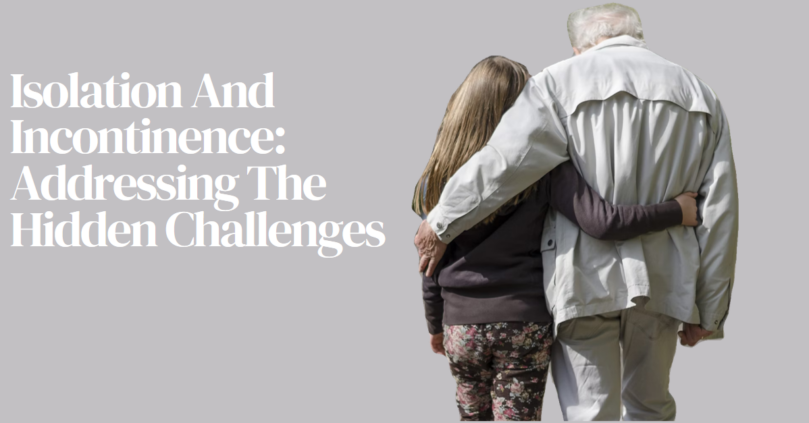

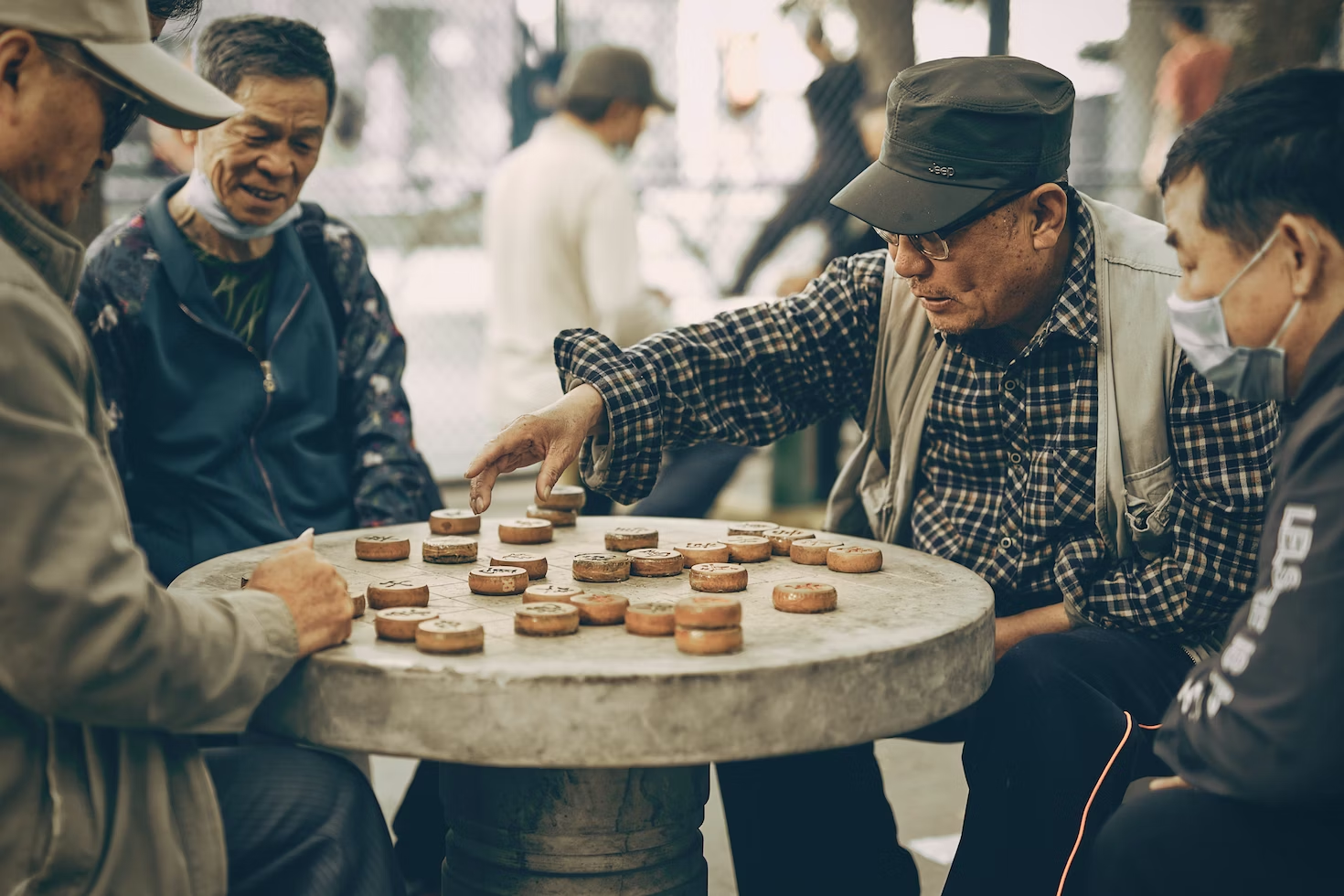


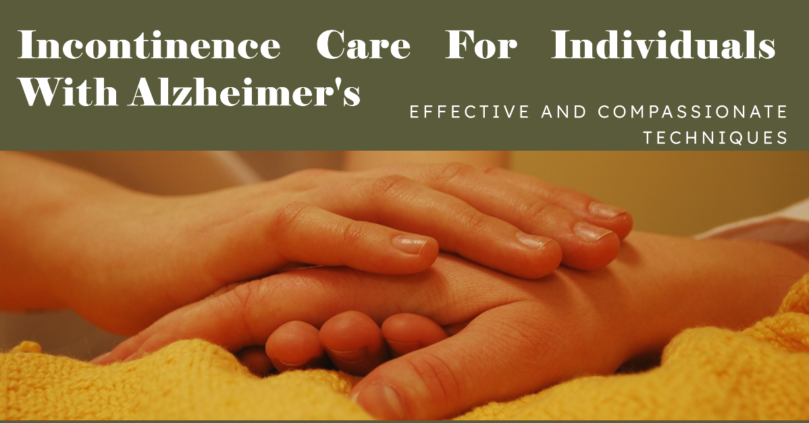
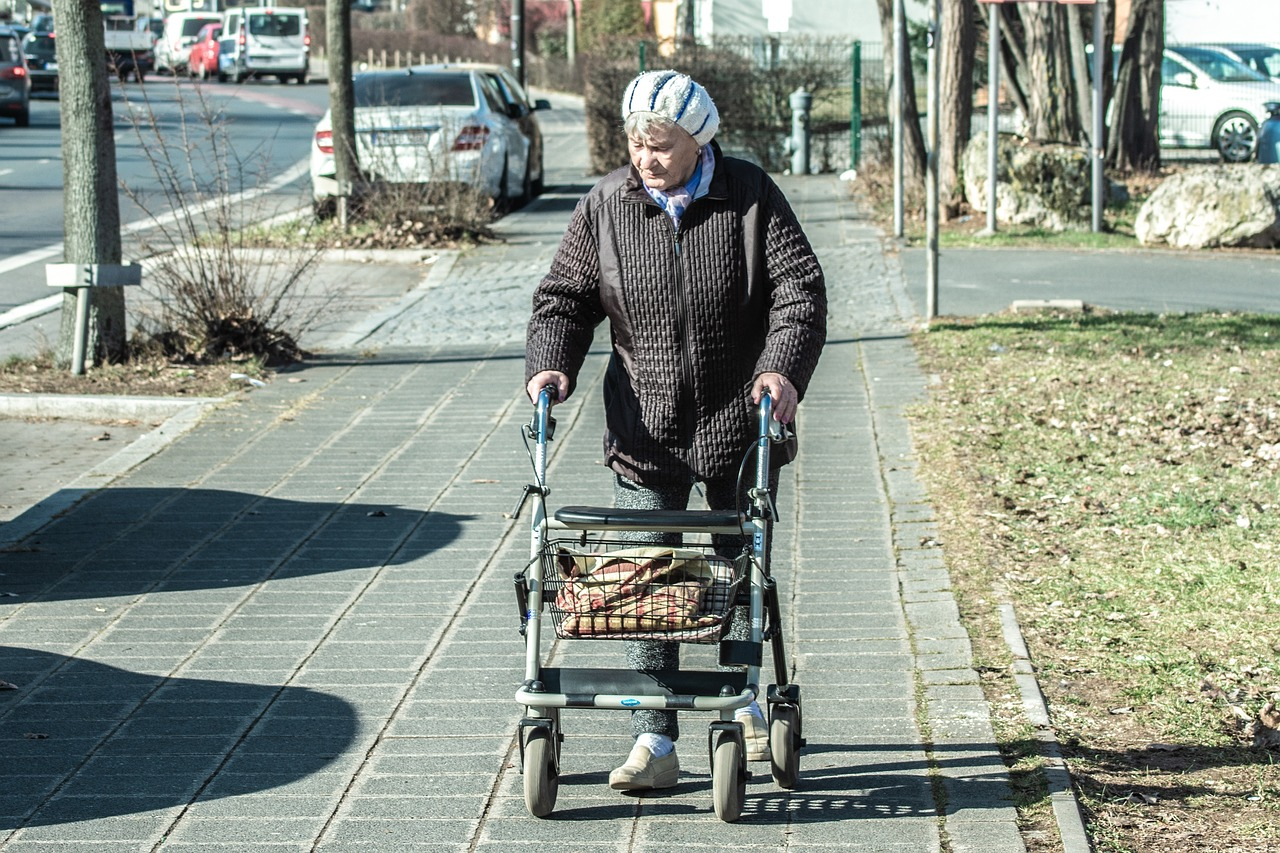
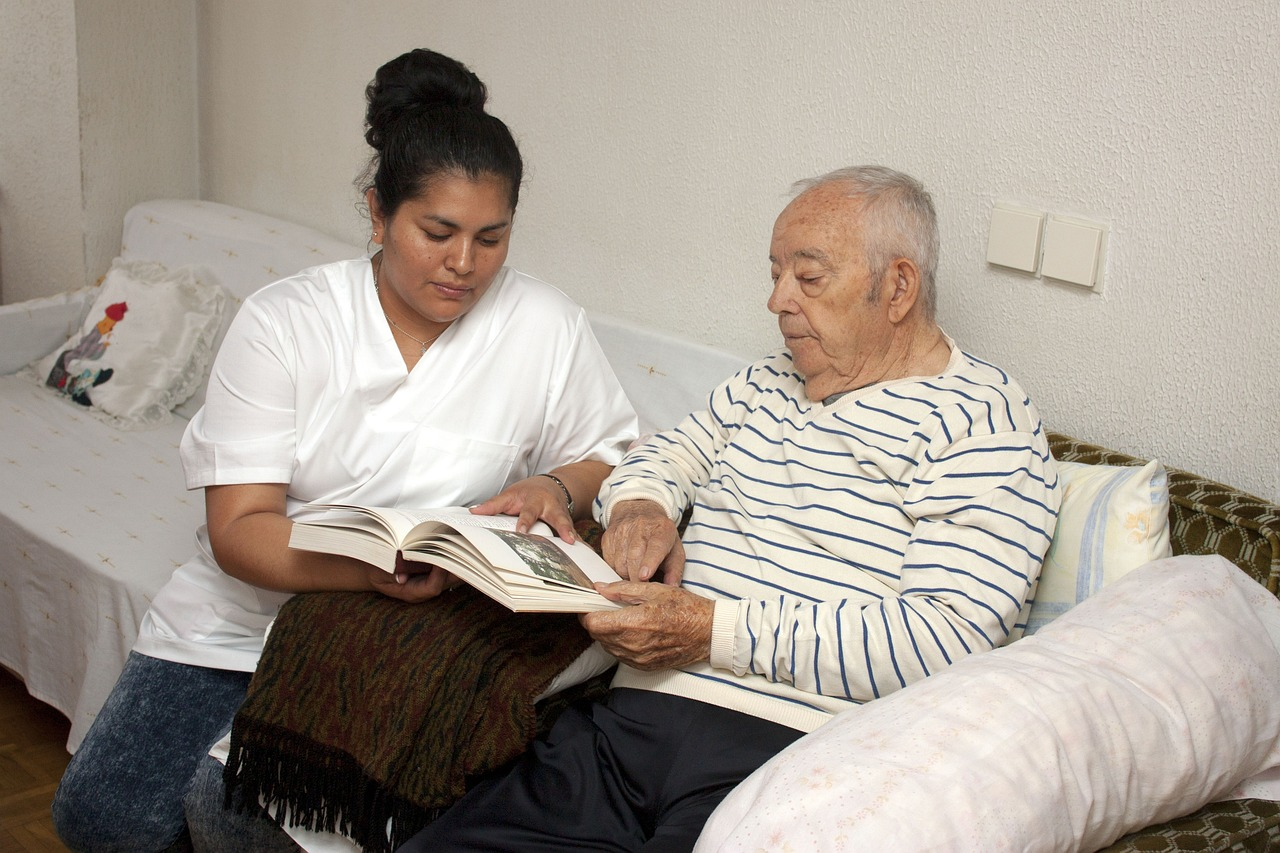
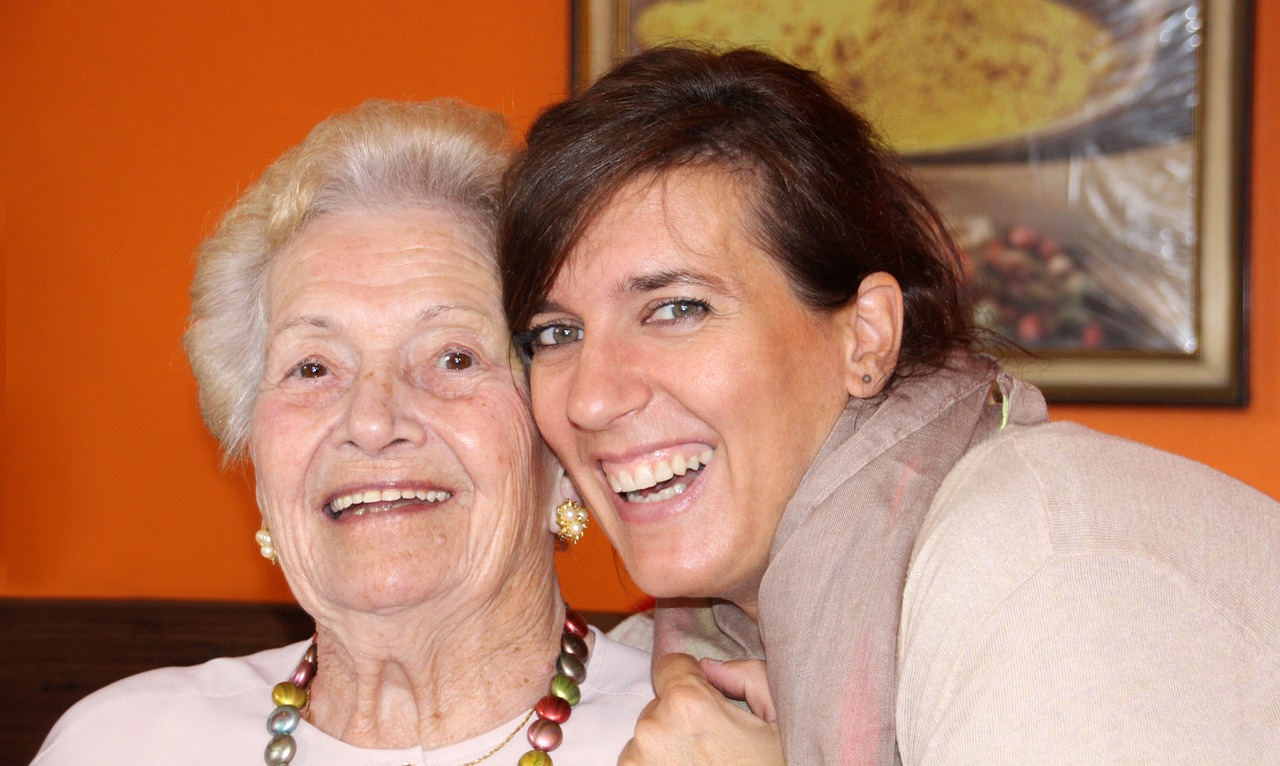
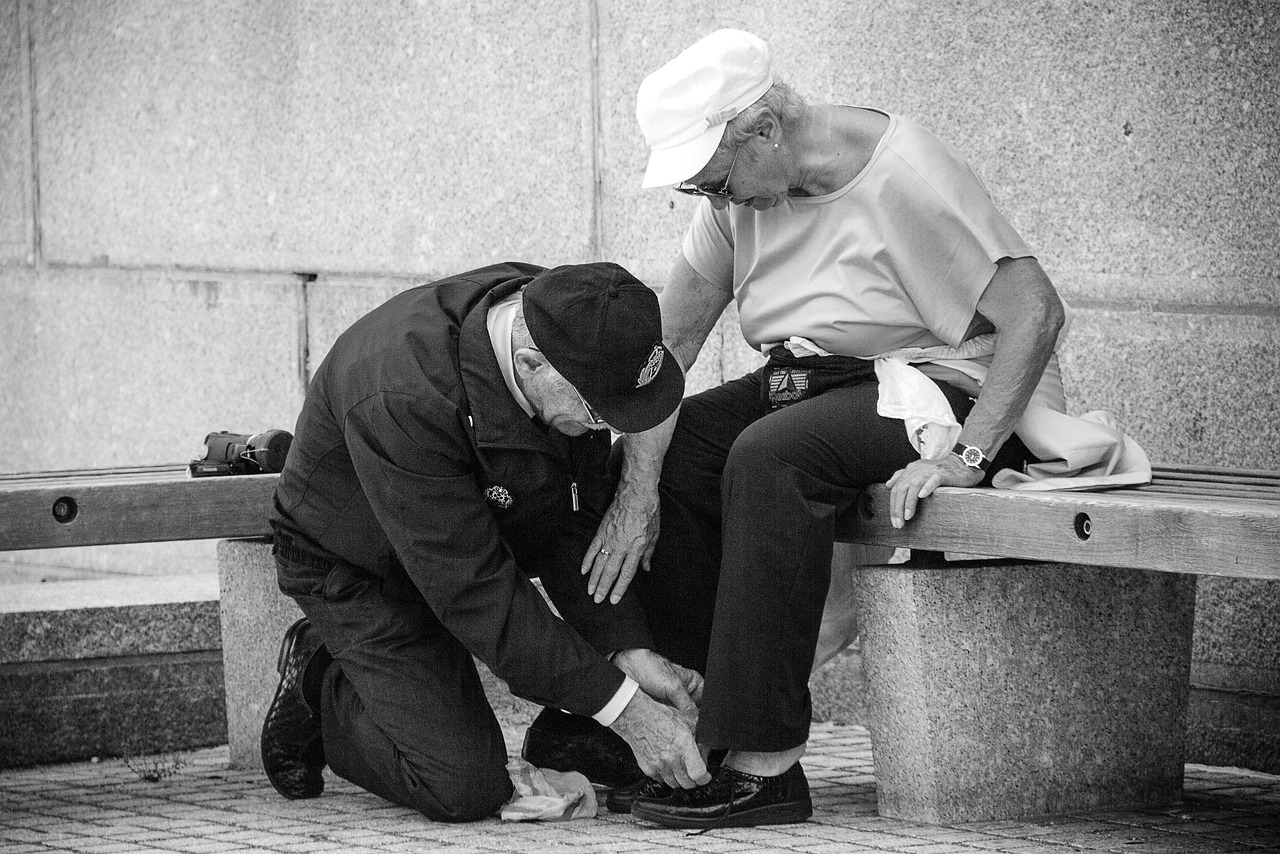



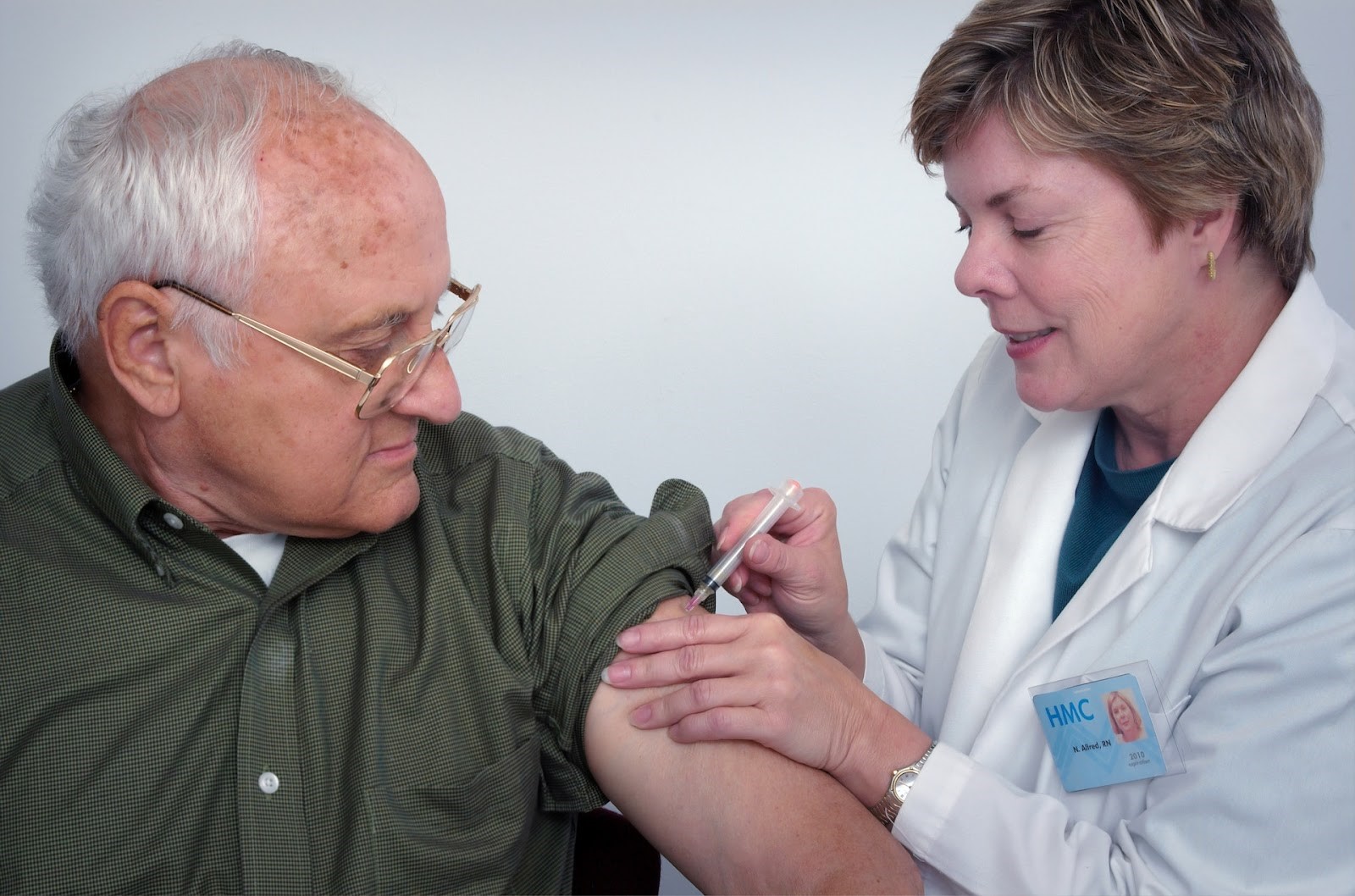

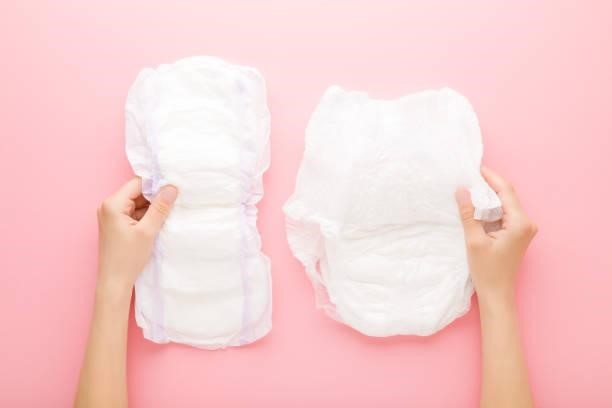
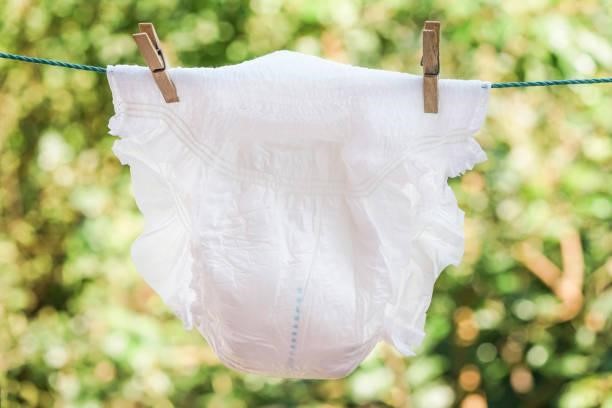

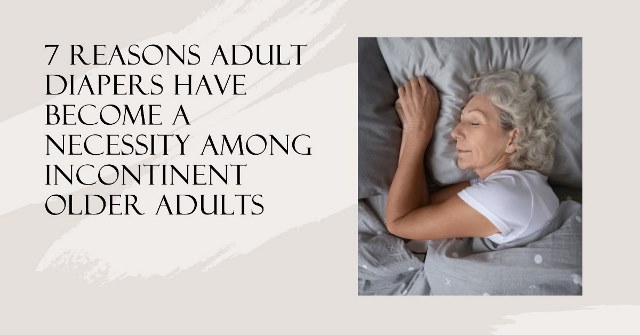
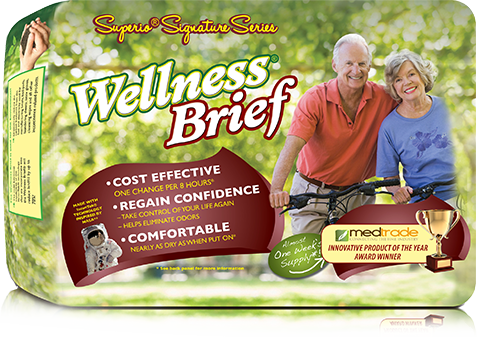 It is wrong to think that only elderly men suffer from incontinence. According to a survey, a large number of middle-aged and adult men also suffer from incontinence. It hinders their lives in many ways and they often seek solutions for it.
It is wrong to think that only elderly men suffer from incontinence. According to a survey, a large number of middle-aged and adult men also suffer from incontinence. It hinders their lives in many ways and they often seek solutions for it.